An ancient survivor faces a modern crisis.
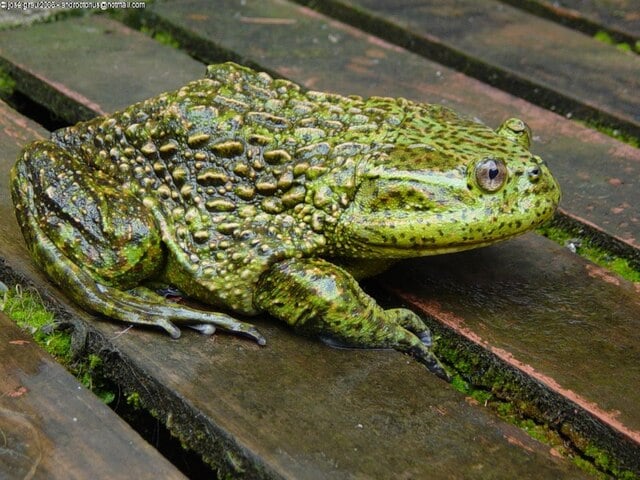
A frog that once shared the planet with dinosaurs still clings to life today, quietly enduring in the highland waters of Chile. This ancient amphibian, known as the Helmeted Water Toad (Calyptocephalella), has seen the rise and fall of continents and climates. Yet the one force it never evolved to survive is humanity. Habitat loss, pollution, and global warming now press on it harder than any prehistoric cataclysm. The species is a living time capsule, but even relics of deep time can crumble under the pressures of a rapidly changing world.
1. This species has endured since the age of dinosaurs.
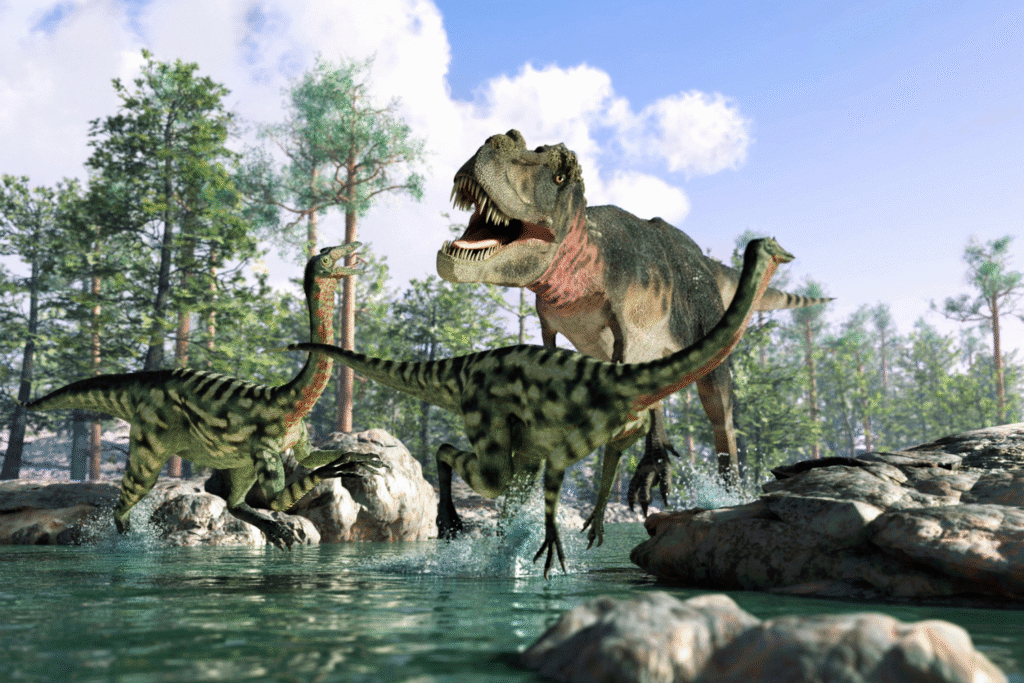
The Helmeted Water Toad’s ancestry stretches back more than seventy million years, long before the Andes even reached their full height. As reported by Reuters, genetic studies show that this species has remained almost unchanged since the late Cretaceous period, earning it the nickname “living fossil.” That resilience once helped it survive multiple mass extinctions, including the one that erased the dinosaurs themselves.
But ancient stability has become a modern disadvantage. The frog’s slow rate of evolution leaves it poorly equipped for today’s swift environmental shifts. The climate is changing faster than its physiology can adapt, turning one of nature’s oldest survivors into one of its most fragile.
2. Its shrinking wetlands tell the story of decline.
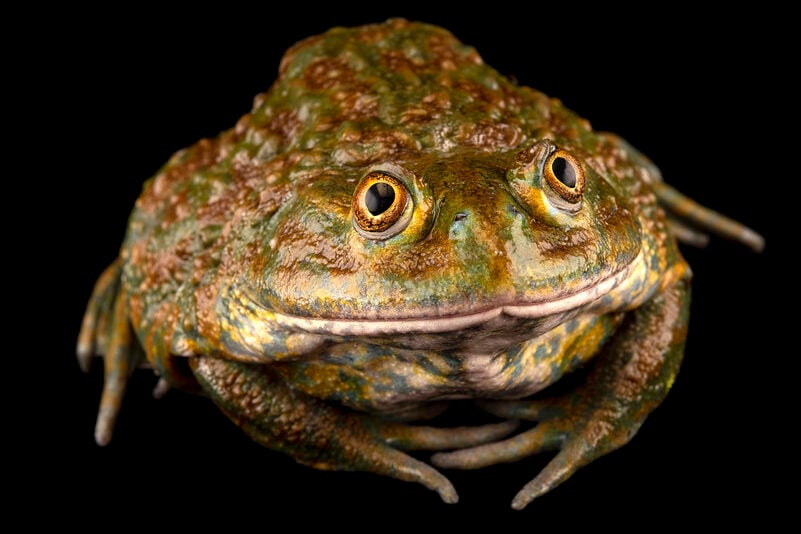
Across central and southern Chile, the wetlands and streams that once held thriving populations have been drained or polluted by expanding farms and urban growth. Habitat loss remains the leading cause of its population crash, which may have fallen by more than thirty percent since the 1990s according to the Voice of America. Even small alterations in water flow can collapse breeding cycles that depend on precise seasonal flooding.
Fragmented habitats trap isolated populations with little genetic exchange, eroding their resilience to stress and disease. Once these wetlands dry, they rarely return. And when they vanish, the species’ last refuges vanish with them, leaving patches of land where the echoes of ancient life simply fade.
3. Climate change is testing their limits like never before.
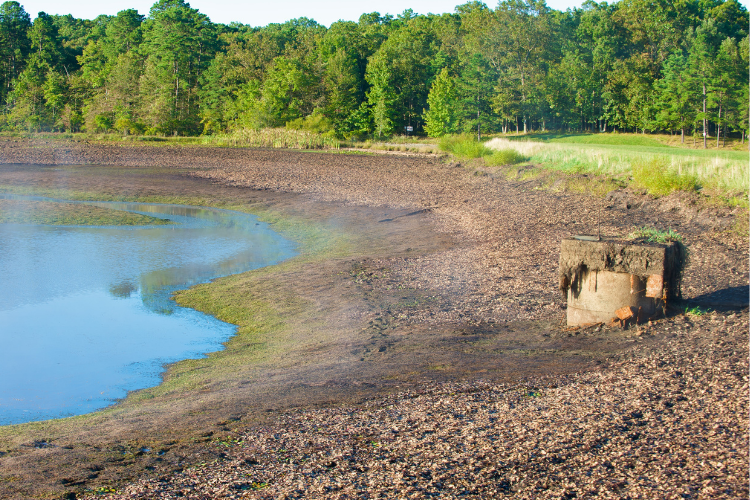
The frog’s cool, oxygen-rich streams are warming, and droughts are growing longer each year. As discovered by researchers in ScienceDirect, amphibians with narrow temperature tolerance are among the first to feel the strain. Prolonged dry periods shrink breeding ponds, forcing adults to travel farther and compete for dwindling resources. Eggs desiccate quickly under sun exposure, and tadpoles that once matured in steady flows now struggle to survive evaporating pools.
Temperature shifts also disrupt timing cues for mating, leaving adults out of sync with environmental signals. In the Andes foothills, conservationists are already finding empty ponds where songs once echoed. Survival now depends not on adaptation over millennia, but on changes that must happen within years.
4. Pollution adds another invisible layer of danger.
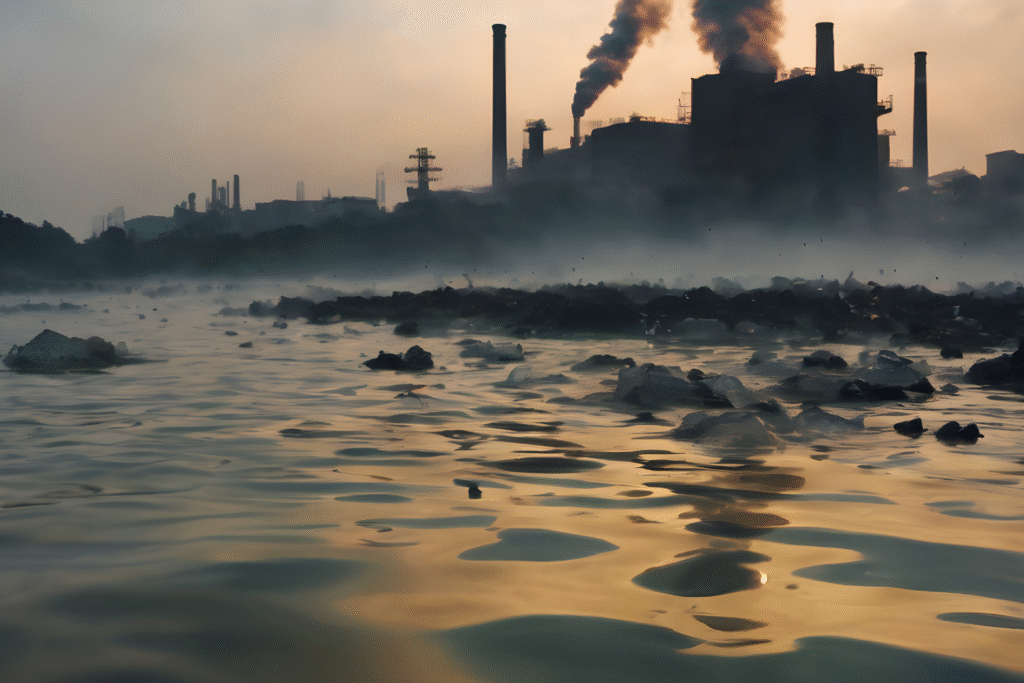
Fertilizer runoff, pesticides, and industrial waste flow into the same water systems these frogs rely on to breathe and breed. Their permeable skin makes them extremely sensitive to toxins, meaning even trace pollutants can cause developmental deformities or infertility. Over time, these pollutants accumulate in tissues, weakening the immune system and shortening lifespans.
Clean water has become as critical as habitat itself. In many regions, the appearance of this frog now signals the last remnants of intact ecosystems. Once the water is too polluted for amphibians, the rest of the food web soon follows.
5. Disease outbreaks have begun to hit vulnerable populations.
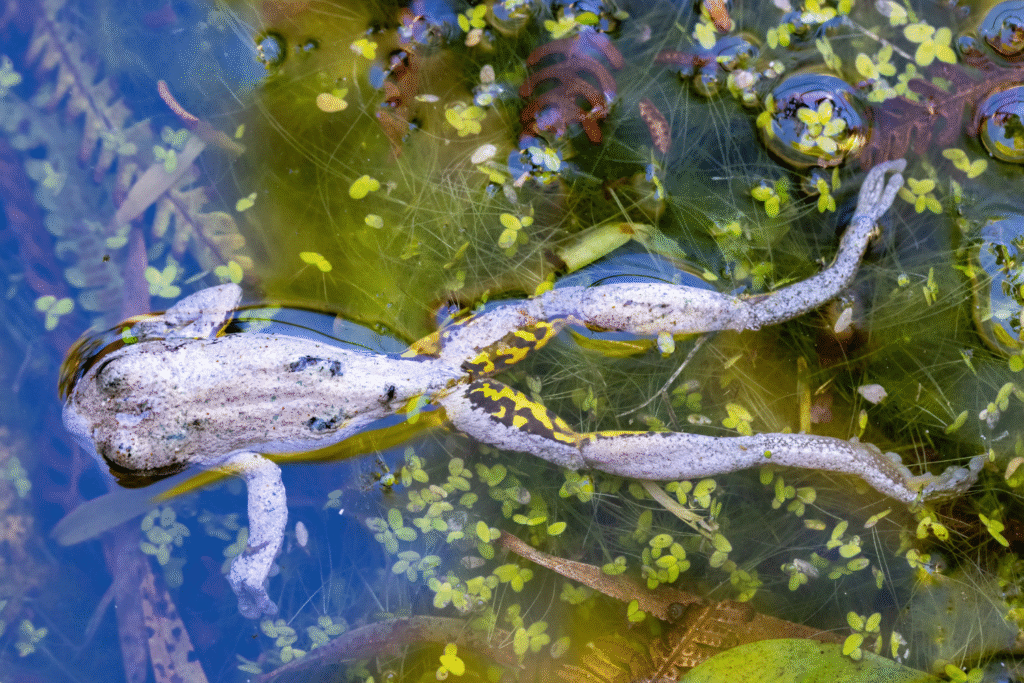
Amphibians everywhere are under siege from chytrid fungus, a pathogen that invades skin cells and disrupts the frog’s ability to absorb water and oxygen. Once introduced, it can decimate local populations in months. The Helmeted Water Toad’s small population clusters make it especially vulnerable to such rapid losses.
In combination with environmental stress, the disease leaves little margin for recovery. Frogs that might have survived in pristine conditions now face an array of overlapping threats, each one eroding the foundation of a lineage that once spanned geological eras.
6. Invasive species are taking over their habitats.
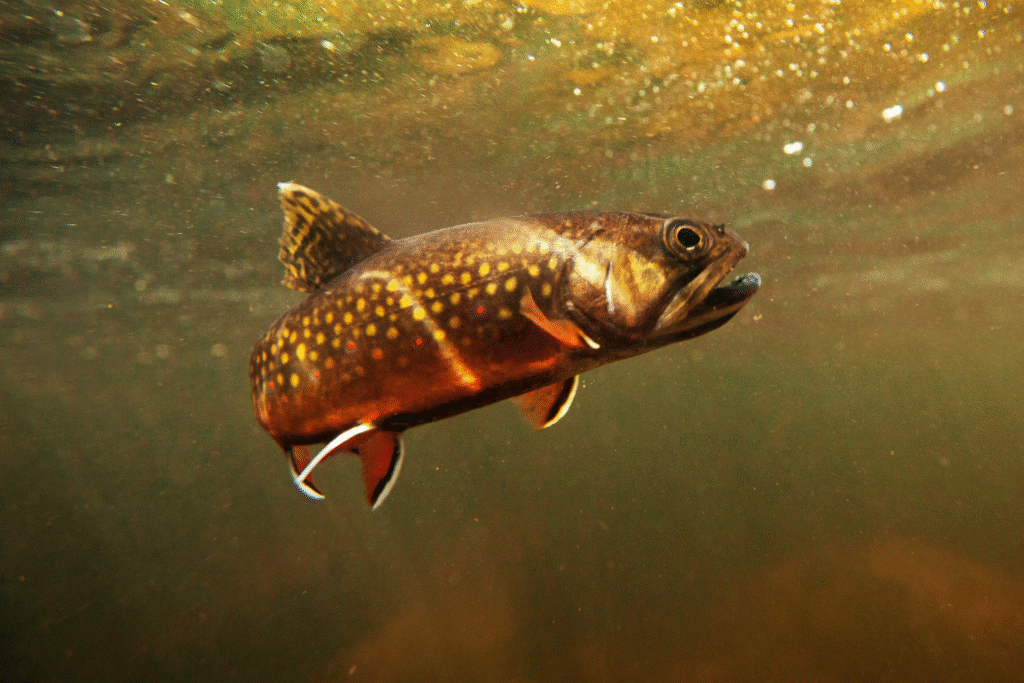
Introduced fish such as trout prey on eggs and larvae, while invasive plants alter the oxygen and nutrient balance of the water. Even domestic livestock trample the shallow banks the frogs use for breeding. Over time, these disruptions transform once-ideal habitats into unstable ecosystems where the frogs struggle to reproduce.
Efforts to remove or control invaders have seen mixed results. The interconnectedness of local economies and ecosystems means interventions require careful planning, not quick fixes. Each year that passes gives invaders a stronger foothold, while the native survivors grow fewer and more isolated.
7. Their limited genetic diversity slows adaptation.
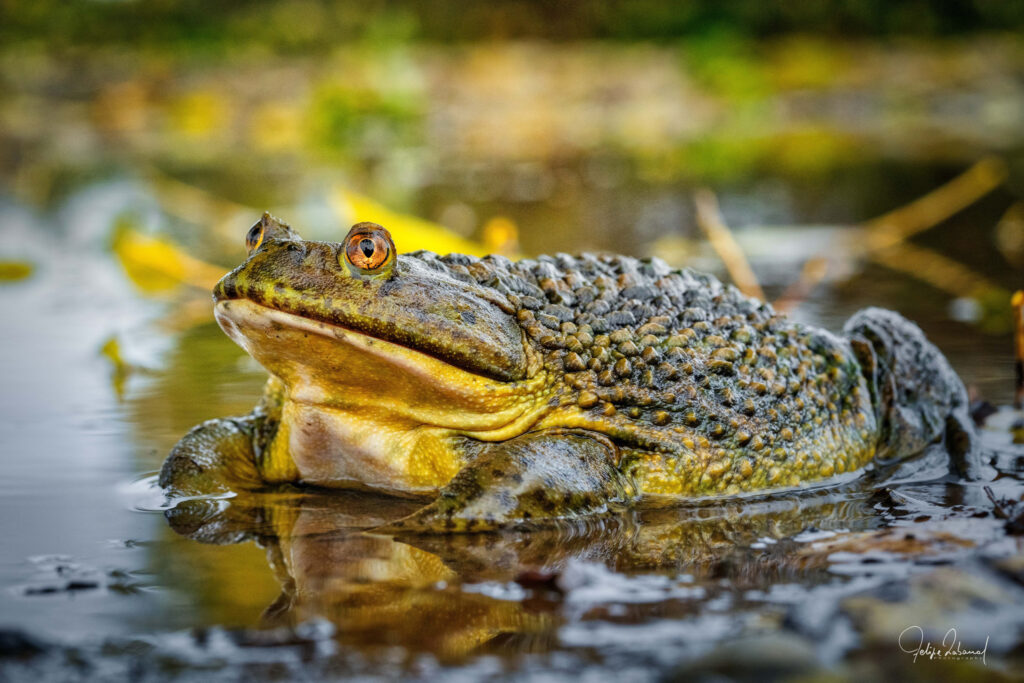
Because their range is small and fragmented, the species’ genetic pool is shallow. In evolutionary terms, that means less flexibility. When faced with disease, temperature changes, or pollution, populations with limited diversity are less likely to produce resistant offspring. The result is a gradual erosion of resilience, even in the absence of immediate disaster.
Researchers describe this as a “quiet decline,” where outwardly stable populations mask genetic fragility underneath. Without intervention to reconnect habitats or manage breeding, that genetic bottleneck could one day push the species past recovery.
8. Conservation programs offer a narrow but real hope.
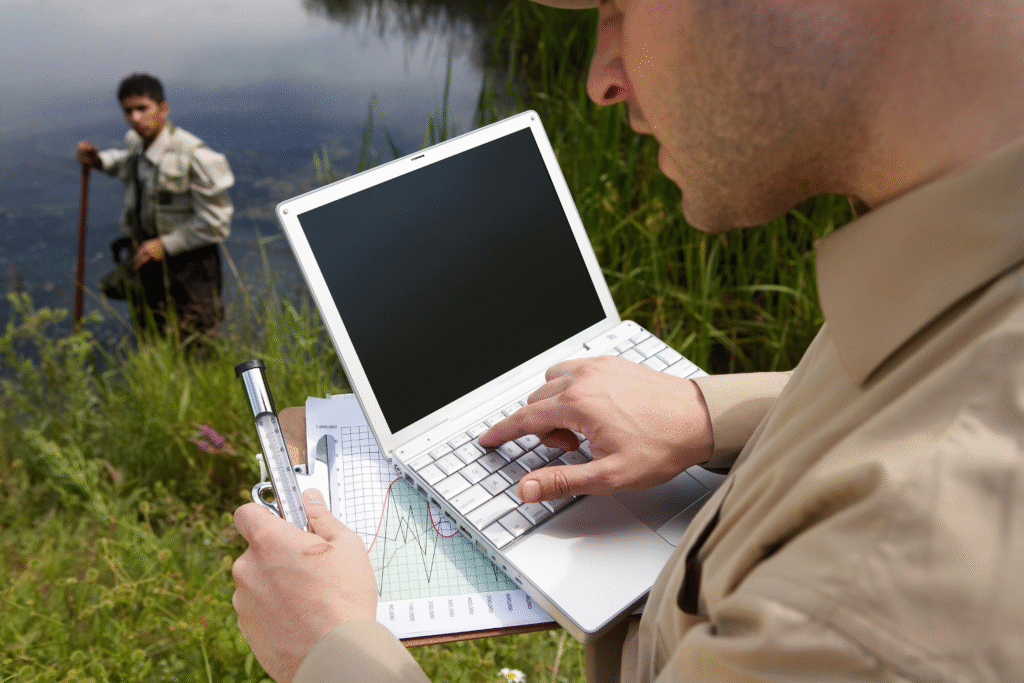
Captive breeding projects in Chilean research centers are working to stabilize numbers, while biologists restore nearby wetlands and monitor water quality. These programs aim not only to reintroduce the frogs but also to strengthen their natural habitats so that wild populations can sustain themselves again. Success depends on balancing scientific precision with ecological patience.
Funding remains limited, and results take years. Still, every released juvenile carries the weight of millions of years of survival. Each successful breeding season feels like a small defiance against the odds of extinction.
9. Local communities hold the power to shift the outcome.
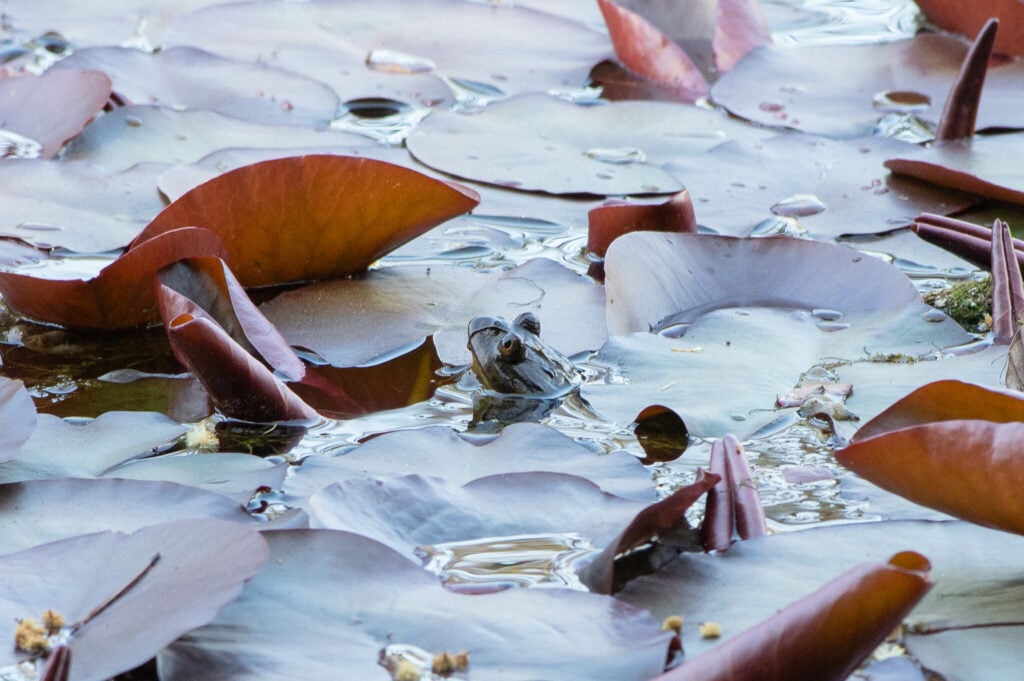
Rural residents and indigenous groups who share these wetlands are beginning to see the frog as a symbol of balance. By reducing pollution, improving irrigation practices, and supporting ecotourism, they’re turning conservation into shared benefit rather than outside interference. Public awareness campaigns have made the frog an emblem of Chile’s fragile biodiversity.
Cultural pride can often succeed where legislation stalls. Protecting the frog means protecting clean water, which sustains not only wildlife but also crops, livestock, and people. Its survival is becoming a mirror of community values rather than just scientific concern.
10. Its fate reminds us how fragile endurance can be.
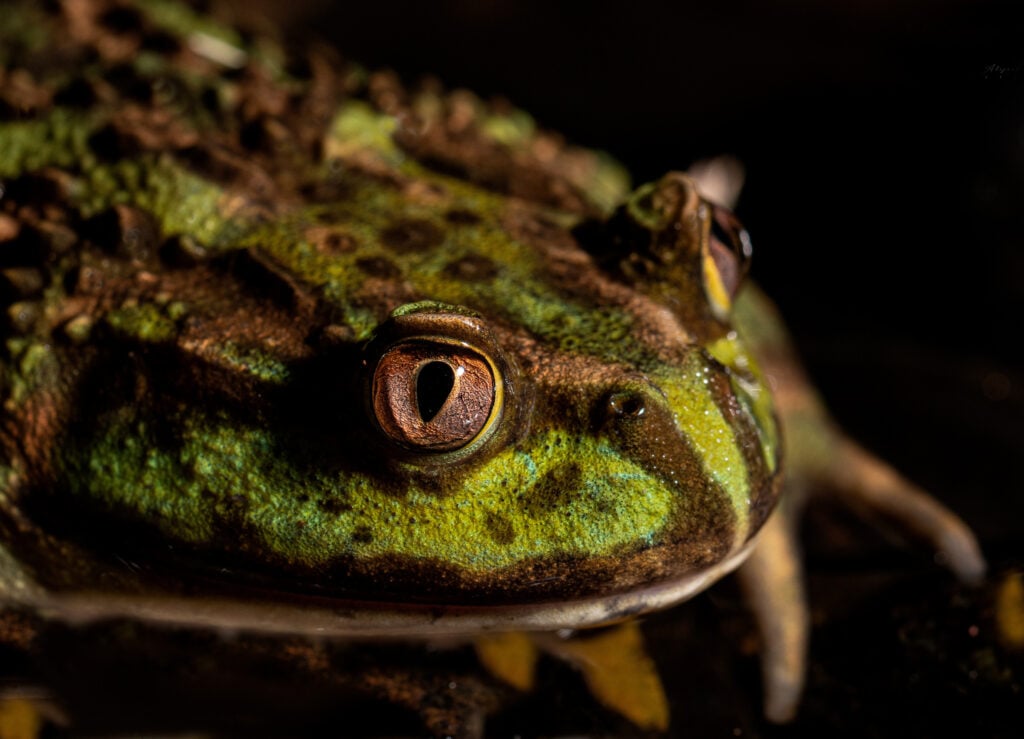
That this frog outlived the dinosaurs only to face extinction from human activity is both haunting and instructive. Longevity does not guarantee safety in an age of accelerated change. What lasted through meteors and ice ages can crumble under pollution and warming within a human lifetime.
The Helmeted Water Toad stands as living proof that endurance has limits. Saving it is not simply about nostalgia for the ancient past, but about acknowledging that survival itself is no longer just a matter of evolution—it’s a matter of choice.
